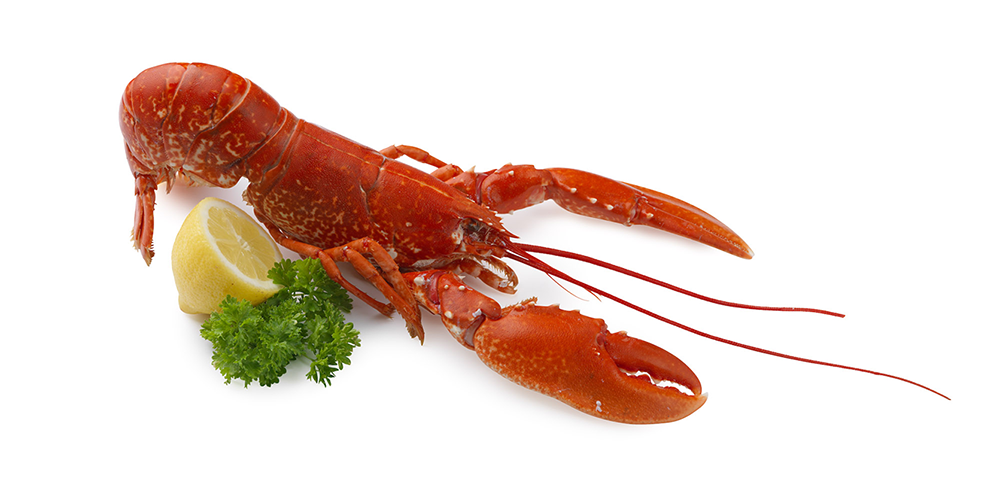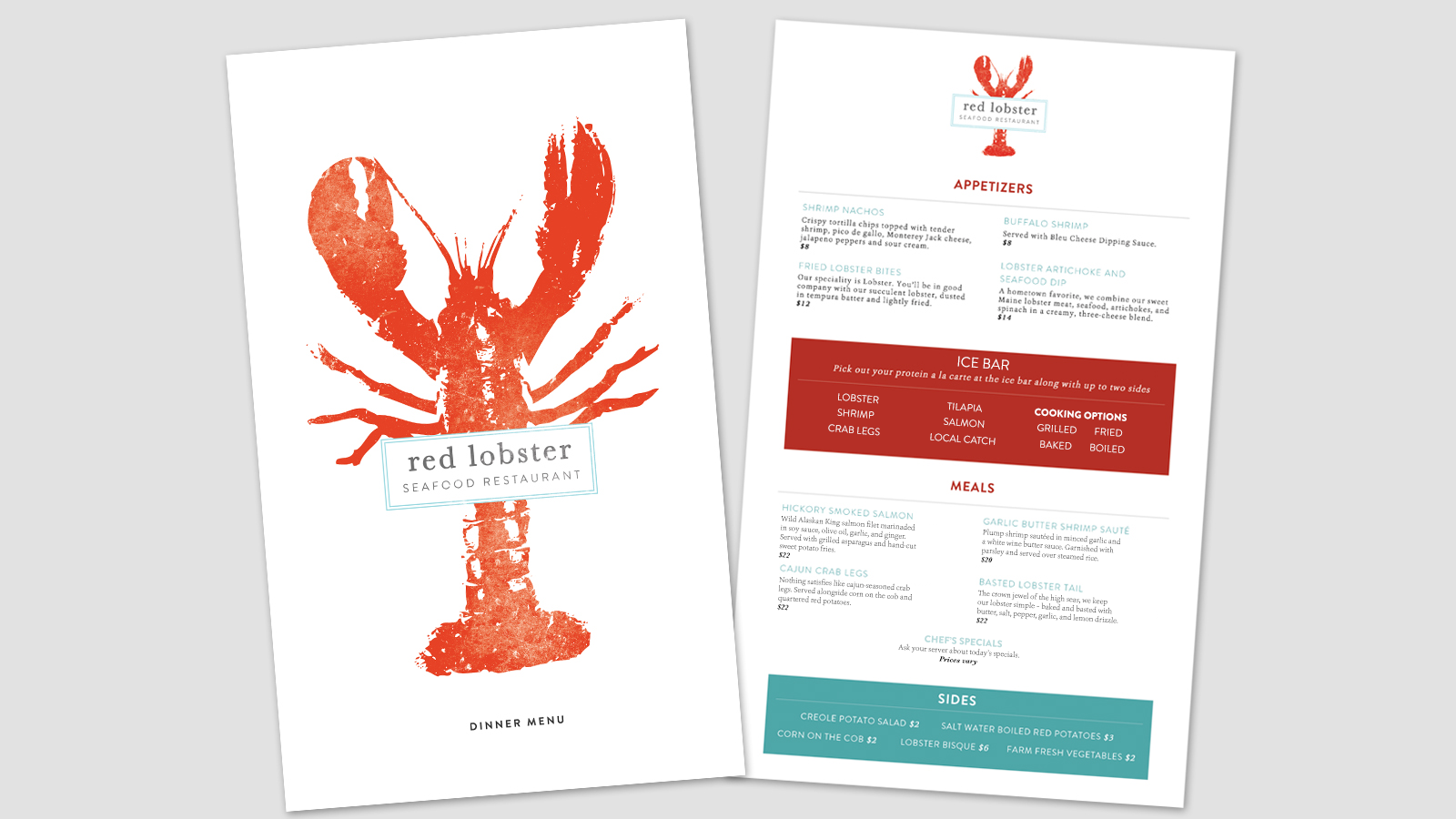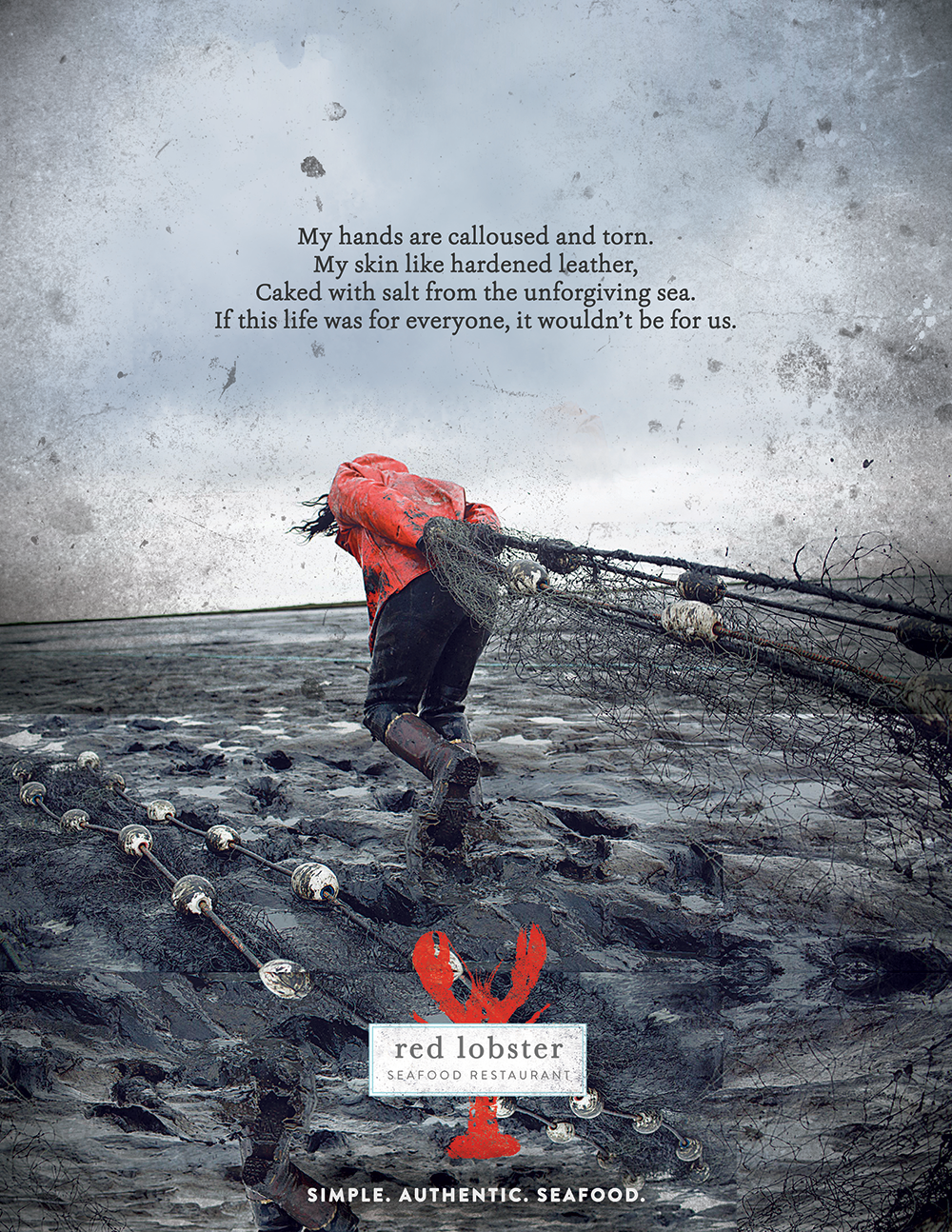A Redesigned Brand Experience
Revitalize the struggling brand by innovating the dining experience and making the supply chain interactive.
01: Challenge
- Adapt the brand to meet the expectations of today’s American diner.
- Regain the brand’s reputation for making good seafood accessible to everyone.
- Evidence the quality of food at Red Lobster and earn the trust of those who are skeptical of the chain.
02: Approach
- Evaluated the competitive landscape for casual and fast-casual chain restaurants.
- Examined the brand’s reputation on social media channels and community message boards.
- Analyzed market trends to determine potential opportunities and risks.
- Concepted for strategic and creative ideas that would redefine the brand’s identity.
03: Outcome
- Revitalized the brand identity.
- Produced an integrated campaign based on the creative concept to “Bring Back the Grit” to Red Lobster.
- Redesigned the dining experience to be authentic, transparent, and unique.
- Created a microsite that flips Red Lobster’s supply chain management into a public-facing interactive tool.

Narrative
In 1968, Red Lobster innovated the casual dining category by providing novel seafood experiences to customers who had never tried it before. Once a respectable household name, Red Lobster is now struggling to stay relevant and enticing to American diners.
In order to revitalize the brand we recognized that Red Lobster needed to feel more like a fishing boat and less like an uninspired yacht. Influenced by harbor towns where seafood is simple, we dressed down Red Lobster by returning it back to the seafood industry’s humble beginnings and focusing on the food.
The creative concept for our “Bring Back the Grit” campaign was to highlight the heroes of the seafood industry. Our print and TV spots honor the inherent hardships of a life at sea and illustrate Red Lobster’s appreciation for the men and women who supply it.
To validate the message in our traditional media, we created a microsite that allows fans and skeptics alike to track how long it takes their seafood to travel from where it was caught, to their nearest Red Lobster. By placing live feeds on select boats, customers would be able to see the brand’s authenticity and how efficiently it transports fresh seafood from sea to table.
Through renewed innovation and transparency, Red Lobster has the opportunity to regain its reputation for providing novel seafood experiences in a simple, comfortable, and authentic environment.
TV
Redesigned Restaurant

Design Decision
I wanted customers to feel like they were getting an authentic seafood experience at Red Lobster. This is why I felt it would be a unique opportunity for the brand to feature its seafood on display in an ice chest, much like one would find at a coastal town market.
Ordering Food
- Simplified ordering by cutting down the menu from a booklet to a single page. This allows Red Lobster to focus on perfecting a handful of meals and dramatically cut the amount of storage space needed for food and ingredients.
- Menu items are created around four different types of proteins: lobster, crab legs, shrimp, and fish. For the fish, there will be three different types of fish, two of which will be available nationally, and one will be a local fish only available for restaurants in its locale. This helps Red Lobster maintain menu consistency, while still providing unique product offerings to costumers.
- Added an alternative ordering option with the a la carte ice chest. Customers walk up to the ice chest, tell the chef which proteins they would like and choose two sides that are served family style. This gives customers more control over their meals and adds novelty and authenticity to the dining experience.
Website
Site Features
Live Feed
Demonstrates to consumers that Red Lobster is authentic and committed to its suppliers.
- Users can go to the microsite to watch live feeds of fishermen bringing in catches of either lobster, crab, shrimp, or fish.
- They switch between live feed channels by selecting which seafood they would like to watch.
- The live feeds can be shared on Facebook and Twitter.
Seafood Journey
Disproves the stigma that Red Lobster’s seafood isn’t fresh.
- When the fishermen bring in a catch, users can track how long it would take the seafood to be delivered from where it was caught to their nearby Red Lobster.
- Users enter in their zip code and the site calculates the travel time based on Red Lobster’s previous supply chain data.
Recipes
Allows Red Lobster to stay connected with fans of previously featured meals.
- Users will be able to view recipes for meals that were featured in previous Red Lobster menus.
- Users can also submit their own recipes for other fans to enjoy.
- Can be used as a platform for gauging interest in Red Lobster’s new meal recipes.
Documentation
Design Decisions
- Through social listening I was able to gather that the only food Red Lobster is known for is their cheddar baked biscuits. Although amazing, I felt that if the redesign were to work, the brand had to focus first on making great seafood. This influenced the thinking behind simplifying the menu, using exposed kitchens, and adding the a la carte ice chest.
- During a research dinner at Red Lobster, I noted a few things that were off about the experience. It was clear based on the aesthetic that the brand was trying to feel like a yacht, but the white-shirted waitstaff and high meal prices were contradicted by silverware rolled in paper napkins, drab carpeting, and lackluster food. I realized the restaurant needed to be dressed down to match consumer perceptions and feel more like a fishing boat. This influenced the thinking that went into redesigning the store look.
- We discovered that despite the lackluster meals, Red Lobster’s supply chain is incredibly well run. This is due to the company owning every facet of its supply chain. I thought this internal strength could be flipped into a public-facing tool that allows consumers to see how quickly Red Lobster delivers its seafood to stores. Additionally, based on the popularity of shows like Deadliest Catch, I thought Red Lobster could invite customers to experience the journey of its seafood by installing live feeds on their boats. I combined these two ideas to create the website.
Squad: VCU Brandcenter
Andie Chahin
Strategist
www.andreachahin.com
Dylan Phillips
Strategist
www.dylanrussellphillips.com
Mike Grasewicz
Brand Manager
www.mikegnthensome.com
Mike McGuire
Copywriter
www.michaelkmcguire.com
Kendra Gaines
Art Director
www.kendras.work
Kory Rozich
Experience Designer
My Role
- Helped to guide strategy by pitching ideas for how to reposition the brand.
- Assisted with preliminary research by analyzing the competitive landscape, conducting social listening, examining opportunities and risks, and doing one-on-one interviews.
- Pitched creative concepts for the brand’s identity and campaign.
- Shot and edited two of our TV spots.
- Concepted and designed the interior layout and store look.
- Concepted and designed the web experience and produced the wireframes and hi-fi mockups.
- Produced all of the documentation.
- Was a part of the final presentation team.




